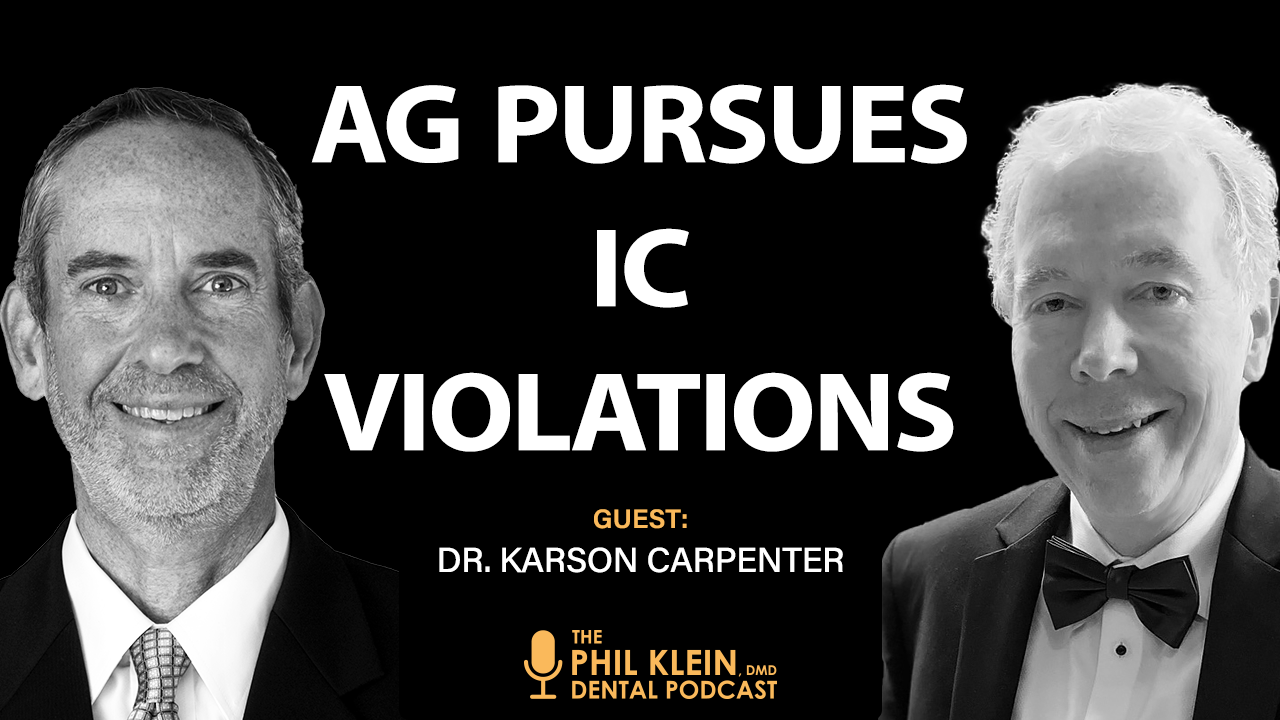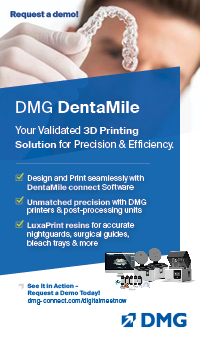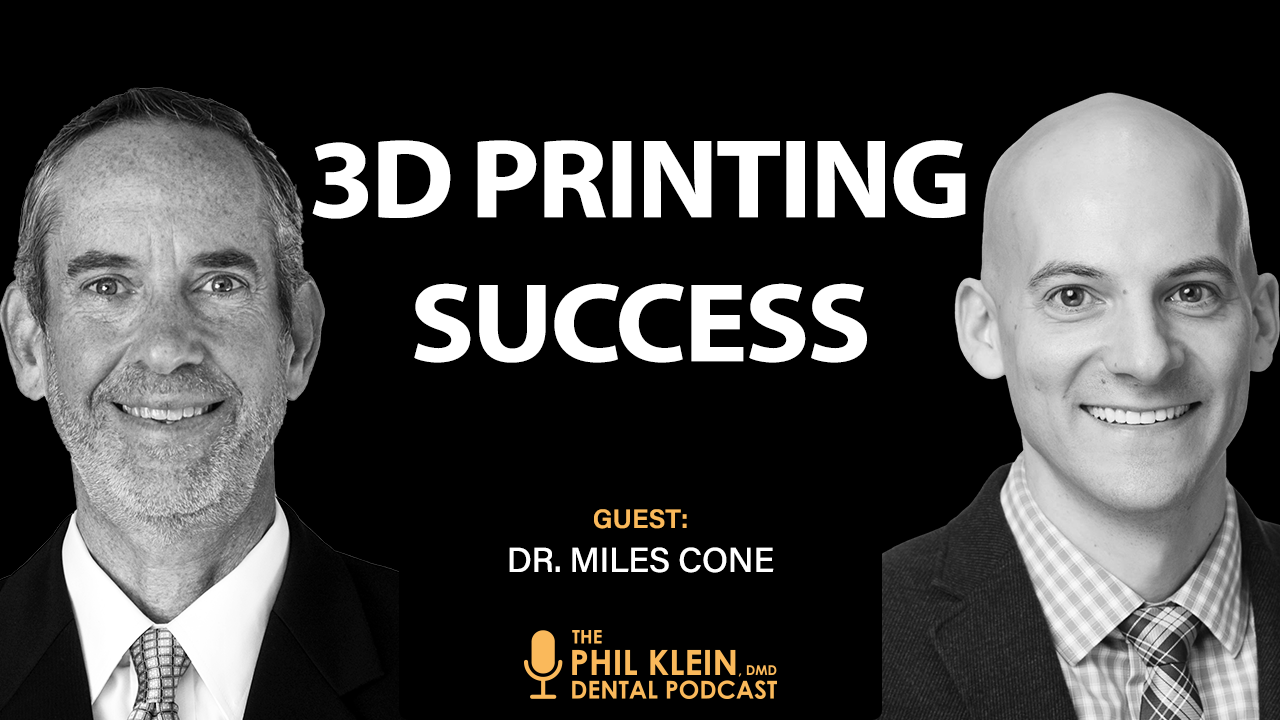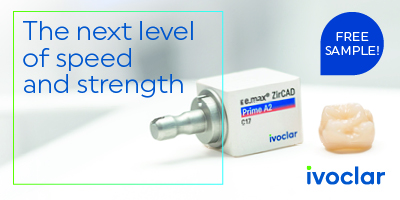
Proven Workflow for Try-In and Cementation of Lithium Disilicate Restorations
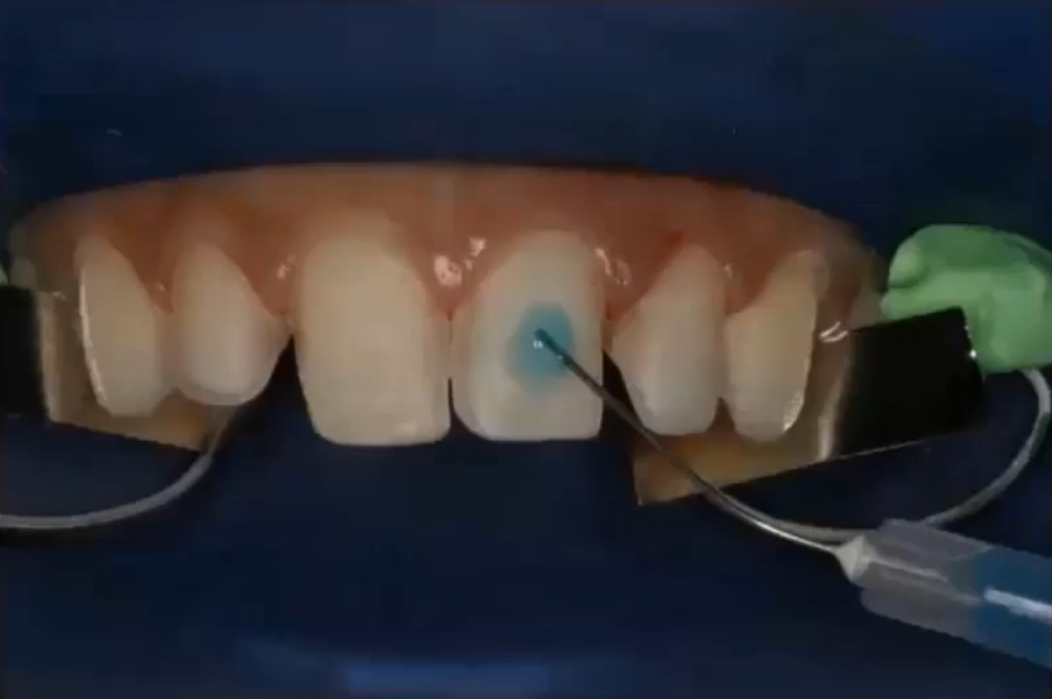
Lithium disilicate restorations are the most popular
aesthetic ceramic restorations being placed today. Understanding the material
and how to handle and deliver it is therefore critical for most dentists. An
essential part of this is mastering time-proven techniques that can decrease
problems and increase the longevity of your lithium disilicate restorations.
The starting point: Determine if lithium disilicate is the best choice
When choosing a material for an indirect restoration, quite often the choice comes down to lithium disilicate (such as E.max®) or zirconia.
“The high strength of zirconia makes it very, very attractive,” says Dr. Gary Radz, who has had a cosmetic-focused general practice in Denver for 25 years and has extensively lectured and published on restorative and cosmetic dentistry, “and cost also makes it attractive. But although significant improvements have been made in the last decade, zirconia is still not as aesthetic as a lithium disilicate restoration. Lithium disilicate in the anterior region is still my first choice. There may be factors that make me go to zirconia because of strength-related issues, but when I’m looking for the most aesthetic thing I can put in the front of somebody’s mouth, I’m still thinking lithium disilicate first. And when occlusion isn’t a big challenge, lithium disilicate in the posterior is an excellent choice.”
Once the decision to use lithium disilicate has been made,
here are the steps that Dr. Radz recommends following in order to safeguard the
restoration’s long-term success.
Step 1: Try it in place
Remove the temporary, clean and prep, make sure you’ve got
no bleeding or crevicular fluids and then try in the restoration.
“I’m going to evaluate not just the fit,” Dr. Radz shares, “but also the
aesthetics. With the cosmetically-critical restoration I’m going to have the
patient evaluate the aesthetics with me. So once we’ve tried it in and I
approve it, the patient approves it.”
Step 2: Condition the restoration
Because lithium disilicate must be bonded to the tooth, it is critical that the proper steps are followed to maximize the restoration’s strength and retention. This means it must be conditioned prior to cementation. First, since the internal portion of the restoration was contaminated during the try-in phase, it now must be cleaned.
“I use a product called ZirClean by BISCO,” Dr. Radz says, “because I also use ZirClean for cementing zirconia. So I have one material that I can treat both restorations with. You just place the ZirClean on the internal aspect of the crown, you let it sit there – 15, 20, 30 seconds – power rinse it off with your air/water syringe and then air dry the interior aspect.”
Once the restoration is clean, re-silanate its interior aspect. “I say ‘re-silanate,’” notes Dr. Radz, “because if you’re using a good lab, they’ve probably already silanating the porcelain.” The silanation process creates the ability to have a better bond of your cement to the porcelain substructure.
[blogad]
Step 3: Cementation
Now that the restoration is conditioned, the next step is the cementation process.
Ensure any bleeding is already under control and then isolate the area. Either etch, prime and bond or use one of the universal bonding agents. “I may skip the etch part,” admits Dr. Radz, “and go straight to a self-etch mode of the universal bonding agent, depending on the different situations that exist.”
What type of cement should you use?
· Light cure cement – Only use a light cure
cement when you’re doing a very thin veneer. “Your light has to penetrate the
restoration to get to the cement, to cure that cement,” Dr. Radz explains. “If
your restoration has got any dimension to it at all, you don’t want to risk
your light not penetrating far enough. With my veneers, which typically I’m
going to place 4, 5, 6, 8, 10 at a time, that little bit of extra working time
I can get from a light cure resin cement is advantageous.”
· Dual cure cement – Use a dual cure cement
for crowns and bridges. “Dual cure resin cements have a higher bond strength,”
Dr. Radz points out, “categorically, all of them, than self-etch self-adhesive
resin cements. So if I need the best adhesion to bond that crown in place, if
my prep is short or tapered or both, I want a stronger cement. That’s the dual
cure resin cement.”
· Self-etching, self-adhesive resin cement –
This type of cement, such as TheraCem, can be used if you have a crown that has
really good retention and resistance form, which will be placed on the premolar
forward.
The main advantages of using TheraCem are that it is less
technique sensitive and it has the potential to have less postoperative
sensitivity. “There’s a biocompatibility factor with a continuous calcium release,”
Dr. Radz relates, “that’s incorporated into the resin. Its special formulation
will actually help calm that tooth that’s been a little sensitive.”









